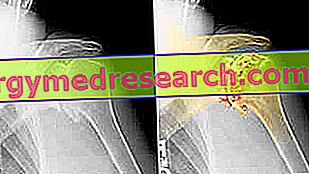What are they?
Implantable contraceptive methods constitute a new medical goal achieved thanks to the improvement of contraceptive techniques.
Implantable contraceptive methods include:
- Hormonal IUD spiral
- Copper IUD spiral (also included among the emergency contraceptive methods)
- Implantable sticks
While both IUD spirals are implantable contraceptives in the woman's uterus, the sticks are implanted under the skin, precisely on the upper inner part of the arm (at a distance of 6-8 cm from the elbow).
Key points
The table describes the general characteristics, advantages and disadvantages of each implantable contraceptive method. Furthermore, a percentage value is given which expresses the theoretical protection guaranteed by the contraceptive against unwanted pregnancies.

HORMAL IUD SPIRAL (Mirena) | |||
| General characters | Advantages | Disadvantages | Protection from unwanted pregnancies |
|
|
|
|
Copper IUD spiral | |||
| General characters | Advantages | Disadvantages | Protection from unwanted pregnancies |
|
|
|
|
Implantable sticks (subcutaneous) | |||
| General characters | advantages | Disadvantages | Protection from unwanted pregnancies |
|
|
|
|



